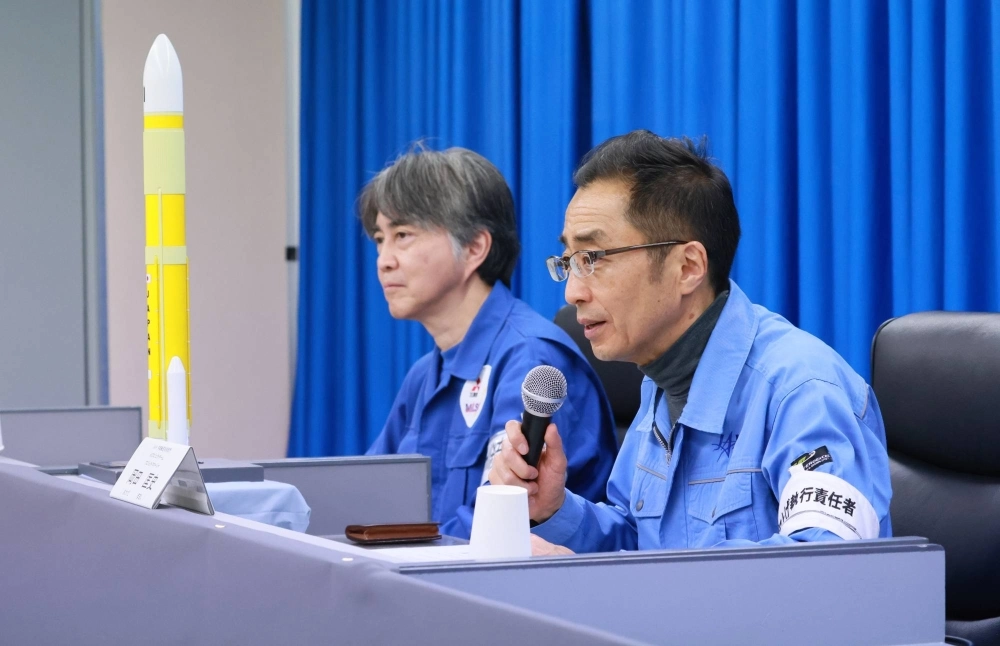Japan’s space agency is set to launch the second model of its next-generation H3 rocket on Saturday in a critical test of the nation’s satellite-launching and space exploration capabilities after the failure of its first model nearly a year ago.
Weather permitting, the H3 liquid fuel rocket, developed by the Japan Aerospace Exploration Agency (JAXA) and Mitsubishi Heavy Industries, will lift off from the Tanegashima Space Center in Kagoshima Prefecture at 9:22 a.m., though the launch window will be open between then and 1:06 p.m., the agency said.
H3 will carry a 2.6-ton dummy satellite called VEP-4, weighing about the same as Earth observation satellite Daichi-3, to help test the rocket’s flight performance. Daichi-3 was lost during the failed launch of the first unit last March.
















With your current subscription plan you can comment on stories. However, before writing your first comment, please create a display name in the Profile section of your subscriber account page.